More ambitious targets to reduce indigenous incarceration
More ambitious targets to reduce the number of Aboriginal Australians in jail will be put to state and territory governments.
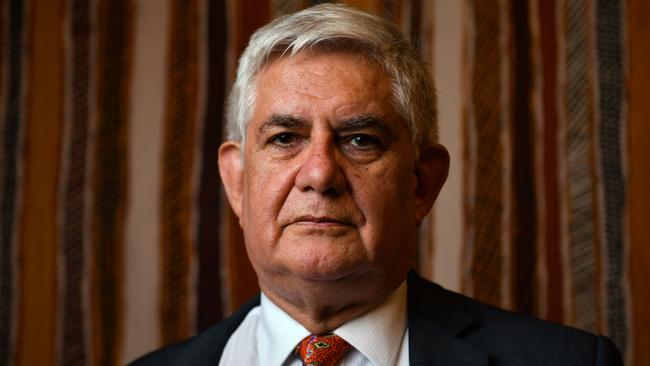
More ambitious targets to reduce the number of Aboriginal Australians in jail will be put to state and territory governments as part of an overhaul of the Closing the Gap program to reduce indigenous disadvantage.
Morrison government sources confirmed the commonwealth would scrap a draft agreement to reduce the rate of young Aboriginal and Torres Strait Islanders in prisons by up to 19 per cent by 2028.
It will instead take a higher target to the states next month after thousands of protesters took to the streets to express their anger over indigenous incarceration rates and deaths in custody.
Officials from state and federal departments will meet Aboriginal representatives including Pat Turner, the chief indigenous negotiator for the Closing the Gap “refresh”, on Tuesday before a meeting of state and territory leaders to decide on the stricter targets on July 2. Since the Royal Commission into Aboriginal Deaths in Custody in 1991, the rate at which indigenous people have died in jail as a percentage of the Aboriginal prison population has fallen and is now lower than for the non-indigenous prison population, according to data from both the Australian Institute of Criminology and the Australian Bureau of Statistics.
But the number of indigenous people in the prison system has increased from 19 per cent in 2000 to nearly 30 per cent in March this year, according to ABS figures. There are now 12,900 indigenous people in prisons, out of a total prison population of 44,159.
Indigenous people made up almost 3 per cent of the population at the 2016 census
Indigenous Australians Minister Ken Wyatt is pushing for each state and territory to adopt specific incarceration targets, according to sources close to negotiations. The new targets will be more ambitious than the draft Closing the Gap target, released in December 2018, for a 5 per cent decline in the incarceration rate among adults and an 11 to 19 per cent reduction among youths. The high rate of indigenous incarceration and associated frequency of deaths in custody were seized on by Australian Black Lives Matter protesters at the weekend marches, which fuelled a backlash over the breaching of coronavirus social-distancing restrictions.
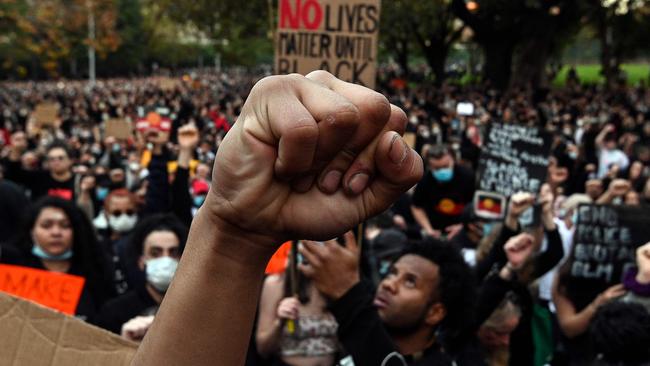
Mr Wyatt declined to comment on the new targets but told The Australian he was “working to address the factors that contribute to high incarceration rates (including) health, education and employment”.
“If we want to reduce the number of deaths in custody, we need to look very closely at what’s happening here in Australia — the factors contributing to incarceration rates and the way in which our systems are handling these incidents,” Mr Wyatt said.
“This requires a co-operative approach between government and with communities, particularly when states and territories hold the policies and levers relating to policing and justice matters.
“It takes more than money; it takes an iron-stead commitment; it takes listening and understanding; and it takes us working together. The Morrison government is progressing with the Closing the Gap refresh in partnership with the Coalition of Peaks, and while we’re still in final negotiations, there will be a justice target contained within that agreement.”
Ms Turner — lead convener of the Coalition for Peaks, which represents about 50 Aboriginal bodies — said Aboriginal leaders were pushing for more ambition across all categories in the Closing the Gap refresh, including health, education, economic development and housing.
Describing the 2018 draft agreement as “totally inadequate”, Ms Turner said governments should be prepared to spend more money to meet ambitious targets rather than propose modest goals.
She said the Rudd government’s Closing the Gap initiative failed because of a lack of funding.
“We have now got a national agreement very close to finalisation except the ambition of governments is very slack at the moment,” Ms Turner said.
“We want to achieve parity across the board but unless governments invest correctly in the achievement of the targets, then it is going to be extremely difficult to (meet) them. There will be some movement (on the draft 2018 targets) but I don’t think it will be enough.”
Ms Turner said it would be the wrong lesson to adopt less-ambitious targets because of the failure to hit the ambitions set by Kevin Rudd in 2008.
She said there needed to be more control given to peak Aboriginal bodies to roll out the programs and control the funding. “We should be running our own affairs in this day and age,” she said. “We don’t need bureaucrats to tell us what to do.
“We want realistic targets. We don’t want what suits the bureaucracy. The money that has been spent to date has largely been eaten up by overly bureaucratic processes and very little of it hits the ground where it is most needed.”
The 2018 draft targets included: 65 per cent of indigenous youth (15-24 years) to be in employment, training or eduction by 2028; 60 per cent of Aboriginal Australians aged 25-64 to be in work; and 82 per cent to live in appropriate-sized housing by 2028.
Just two of the seven Closing the Gap targets set in 2008 — early childhood education and Year 12 attainment — were achieved. Ambitions failed in targets for school attendance, child mortality, employment, life expectancy and literacy and numeracy targets.
A report by the Productivity Commission estimated state and federal governments spent $33.4bn on services for indigenous Australians in the 2016 financial year, up from $27bn (in 2016 dollars) in 2009.
The direct government expenditure per Aboriginal Australian was $44,886 in 2016, compared with $22,356 on non-indigenous Australians.

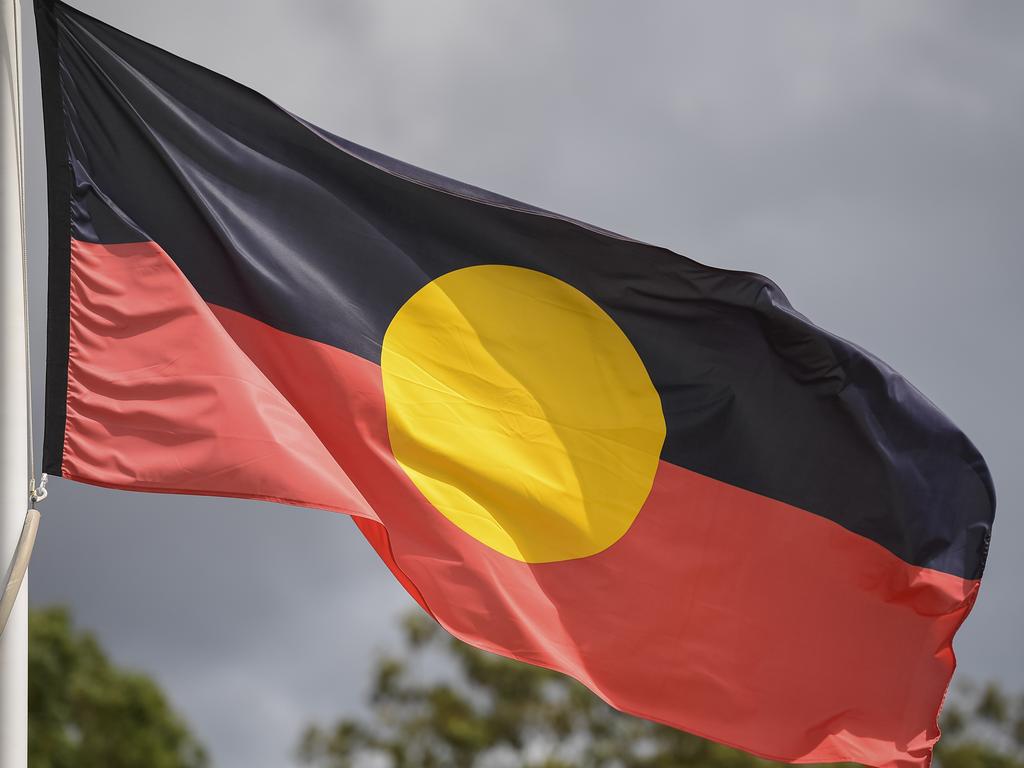
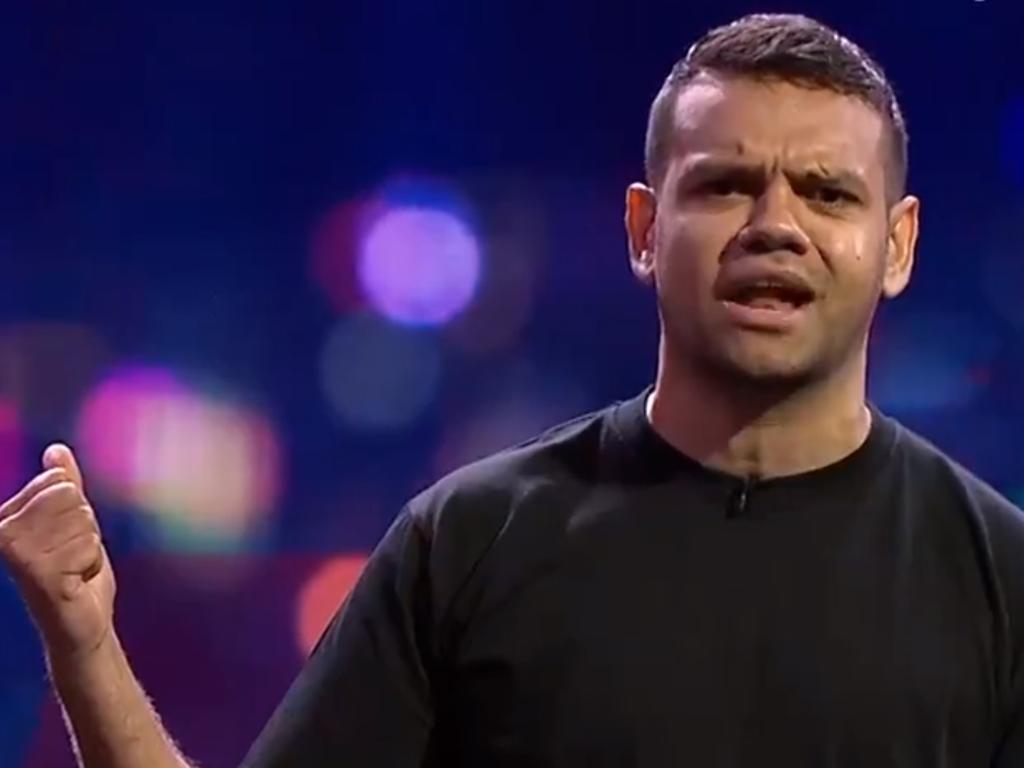
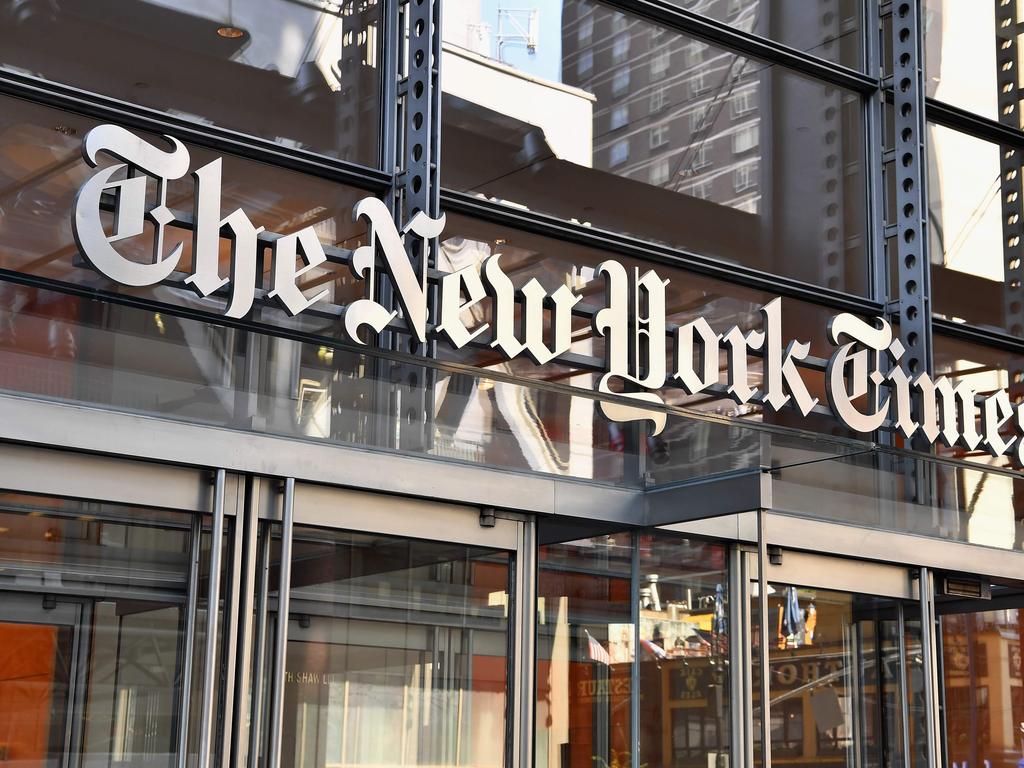


To join the conversation, please log in. Don't have an account? Register
Join the conversation, you are commenting as Logout